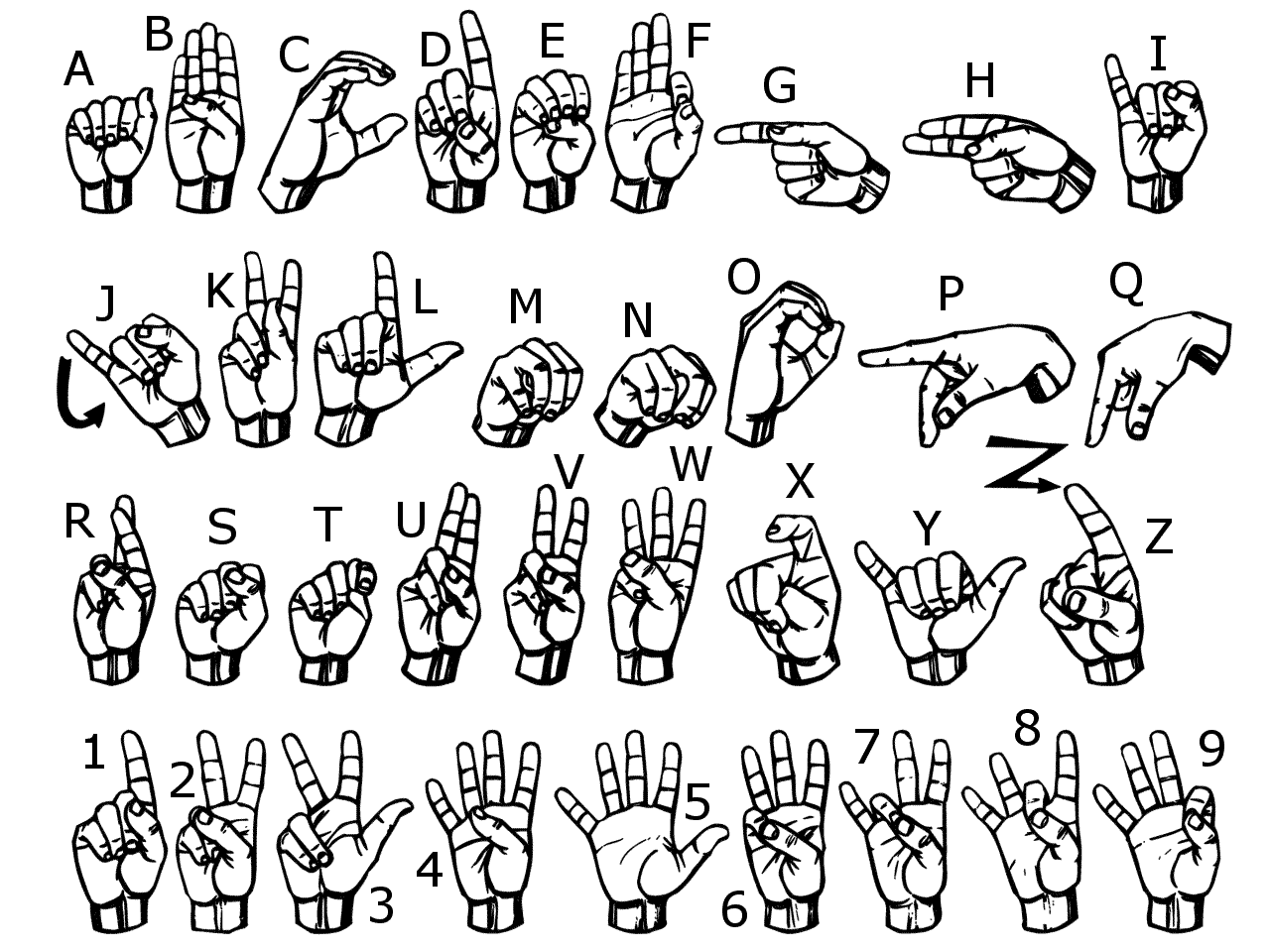When I started interpreting it wasn't so much interpreting as signing, located in the hot seat.
Prior to that, I took classes and was "signing along" from my seat in church. There were a few times when I was asked to sign to music for a worship service, but on the whole that was performance sign. Like a dance I could choreograph in advance and rehearse until I was ready. With a CD it was easy. Even working with live music it was reasonably simple. Also I could set limitations as to what I was willing to do and how the group needed to flex to accomodate me. After all, they had asked me to do a particular service to enhance their performance1. And in all things, it was to benefit the hearies who thought sign was pretty. No shame in that. It's how I got started learning sign.
1 The one time that really fell through was when I was making visual something that, within a drama, was voiced offstage by a deceased character. I didn't memorize my piece because I would be signing a poem that was, again, voiced offstage. It worked perfectly well in rehearsal. During the performance the mic was either off or not receiving or not broadcasting to the monitor near me. So I tried to listen to the unamplified voice and remember my part. It was ugly. But the audience wasn't expected to read me either; they were supposed to be listening to the voice also. Oh well.
But as I took classes and met Deaf2 people, I came to learn that, like in all foreign language classes, learning about the culture was far more important than mere vocabulary. When I moved to PA for college and began attending the church at which I still interpret, it was about the same time a deaf couple, who up to that point had been wholly reliant on lipreading, were losing hearing with age and were looking into learning ASL. That was the start of our church's Deaf fellowship.
2 Deaf and deaf are different things. Those who cannot hear are deaf, with a lower-case "d". That has to do with the auditory processing. An audiologist can tell you how deaf you are by the way you respond to and the way your brain processes sound. For example, as an individual ages, their odds of losing hearing and becoming deaf increase. By contrast, Deaf, with a capital "D", are a people-group, or nation if you will, who use sign3. Some but not all deaf are Deaf. Some Deaf have perfectly good hearing, such as CODAs (children of Deaf adults) and interpreters, among others.
3 ASL is not the only sign language. Virtually every spoken language has a sign language, but ASL is predominant in the same way English is predominant. Also, British sign is also different from ASL, most notably in that British fingerspelling uses a two-handed alphabet, whereas ASL is a one-handed alphabet. One mainstream example of British sign is in the movie Four Weddings and a Funeral.
 British fingerspelling. source: Elduaien academia
British fingerspelling. source: Elduaien academia
 ASL fingerspelling. source: lifeprint.com
ASL fingerspelling. source: lifeprint.com
I reached a point where signing in my own seat wasn't pushing me. If I fell behind, it didn't matter. If I didn't know a word, I had no feedback to provide it. If I did something exceptionally well, no one noticed or cared.
Now I won't say I was signing well. But I asked the deaf couple (who were increasingly Deaf) and another ASL student who was similarly signing in her own seat, if they could help push me to learn. If I sat facing them, could they help correct me as I got things wrong? Or fill in words if I missed them, whether auditorily or vocabulary?
They said yes.
No comments:
Post a Comment